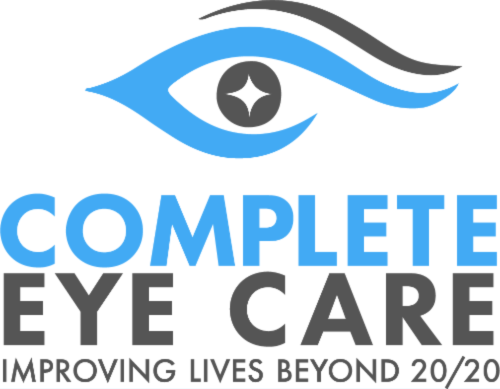Dyslexia is often thought of as a problem with letter or number reversals (like mixing up b and d, or p and q) or transpositions (12 for 21). Known as motoric dyslexia, this is actually among the least severe and most uncommon of the different types of dyslexia.
According to professionals who work with dyslexia, visual and auditory types of dyslexia are much more common. Many people don’t realize that dyslexia is a reading disorder rather than a vision disorder. In short, it’s a problem of visual and auditory matching, also known as decoding.
Reading Step-by-Step: Seeing, Decoding, and Interpreting
Reading occurs in a number of essential steps that involve seeing, processing and interpreting the text in front of you.
The first step involves clearly and accurately seeing each word in a sentence. This involves having proper visual acuity as well as visual tracking and focusing skills. The next step is decoding. This involves understanding and assigning particular sounds to letters. This is where the concept of inner speech comes in.
Also known as cortical vocalization, inner speech happens when sounds are assigned to the letters of the word, and you “say” the word to yourself in your head. This is a vital part of the reading process, and essential for proper comprehension.
As your child gets more proficient at reading, they will rely less and less on decoding, and more on sight reading. This means that as they get more familiar with certain words, they will begin to scan these words, instead of looking at each individual letter, to recognize and internally vocalize them.
Reading and Dyslexia
For children who are not yet strong readers, a proper decoding-to-inner-speech process is essential. This is where dyslexia can cause issues. Sight words are typically safe, since the child skips over many of the letters in familiar words, and doesn’t rely on sounding them out to understand what’s being read. However, when the child comes across a words that’s unfamiliar, they have to go letter-by-letter to interpret it, leaving room for reversals that don’t make sense when “said” internally. The visual representation of the word and the phonetics of the word don’t match up, causing confusion or poor comprehension.
Many times, a person suffering from dyslexia will have to read the same sentence multiple times to understand it properly. This can be made worse if they also suffer from problems with their vision, such as poor visual acuity or difficulty with visual tracking or focus. For a dyslexic person, reading can mean a lot of repetition and slow progress, which can be frustrating. Many times this causes someone with dyslexia to simply give up on the word and move on in hopes of gaining comprehension from the rest of the sentence or story.
Can Blind People Be Dyslexic Too?
People who are blind or have significant visual impairment can be dyslexic as well. Even if they depend on braille to read, the sensory information from their fingers ends up being processed in the same place in the brain as the visual information from a person reading written text. This information must match up with the particular sound which is said in their head, then understood or comprehended. If something goes wrong in this process, a blind or visually-impaired person goes through the same processes and frustrations as others with dyslexia.
A strong visual system is an essential part of reading and processing information properly, especially for those who suffer from other difficulties, such as dyslexia. If you suspect you’re eyes aren’t up to the task, come visit our Belmont eye clinic, or give us a call at 704-825-9002 to see how we can help.
